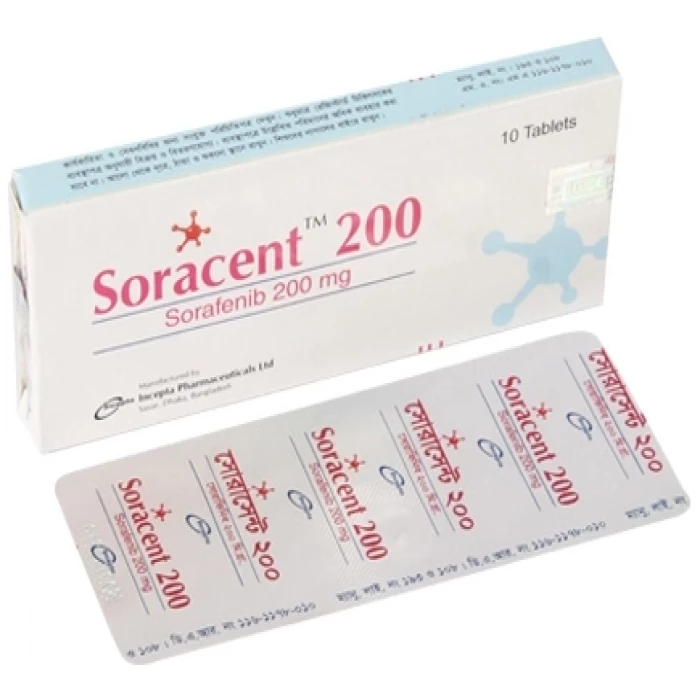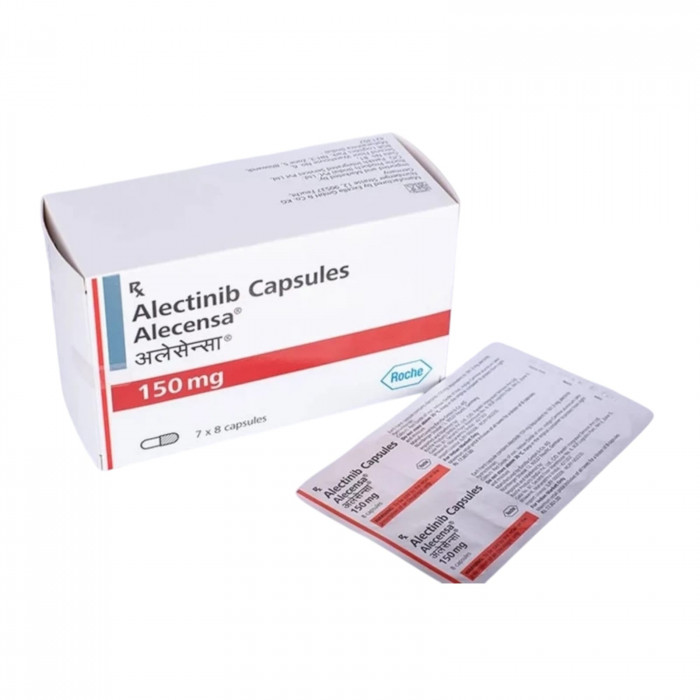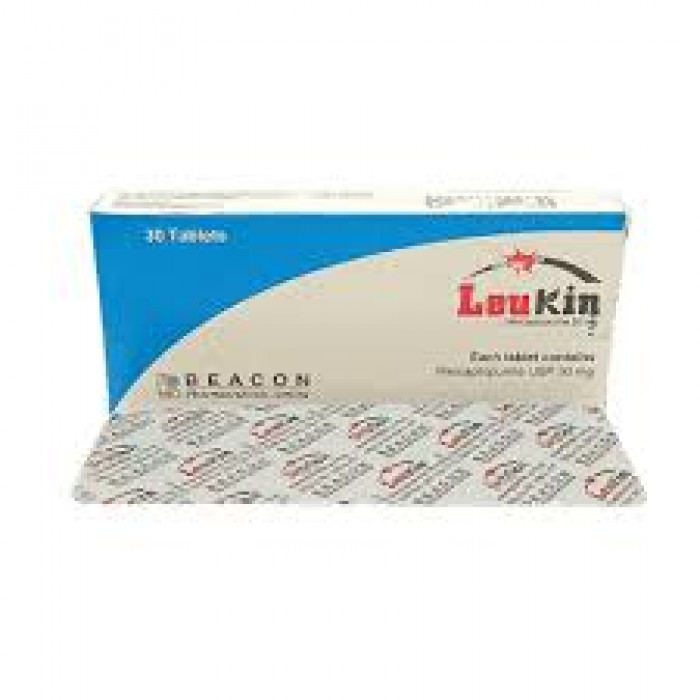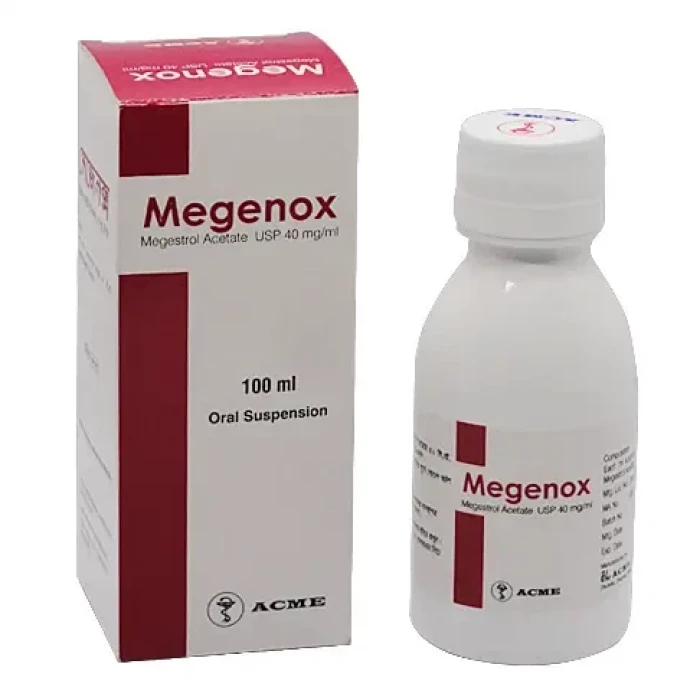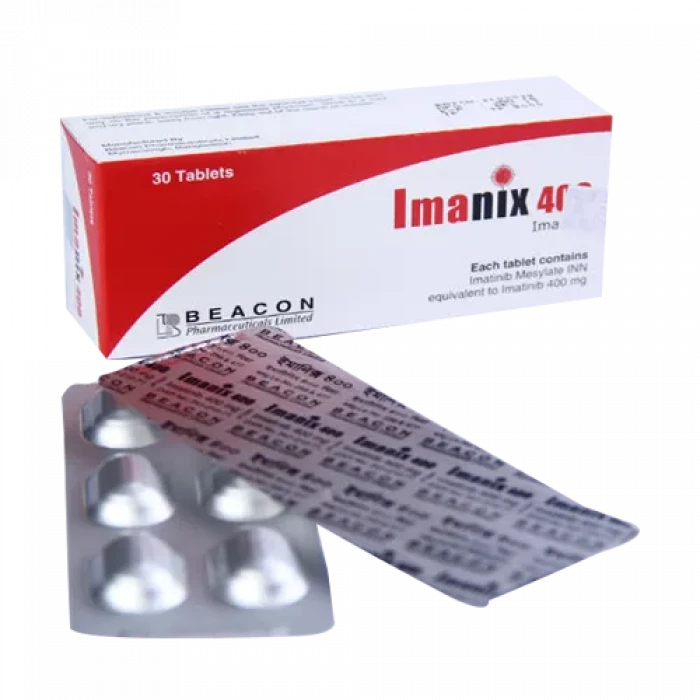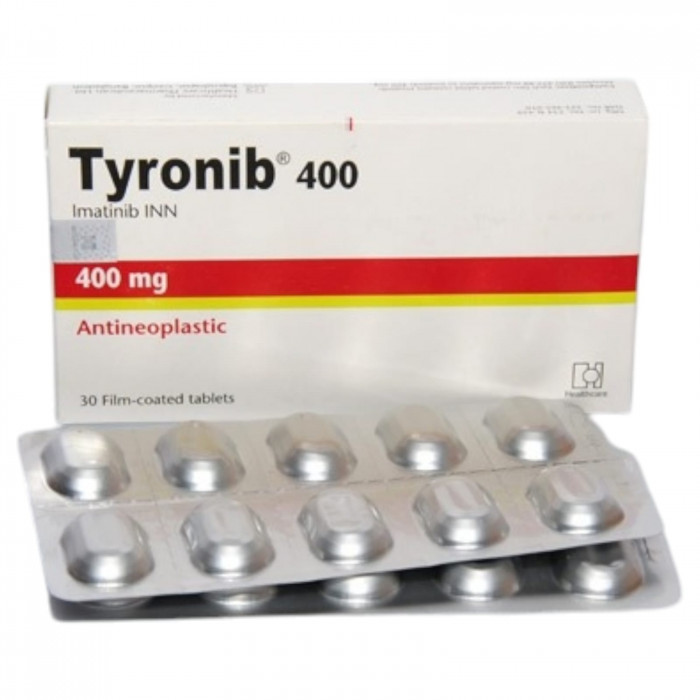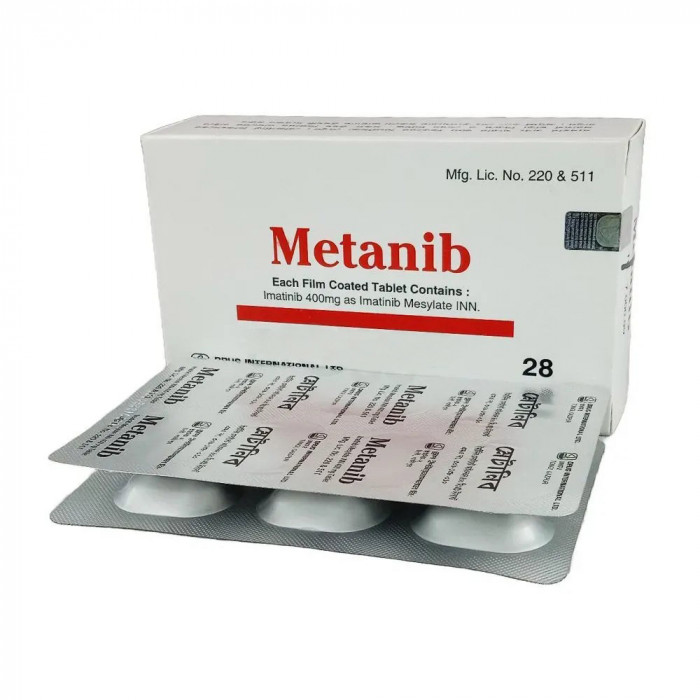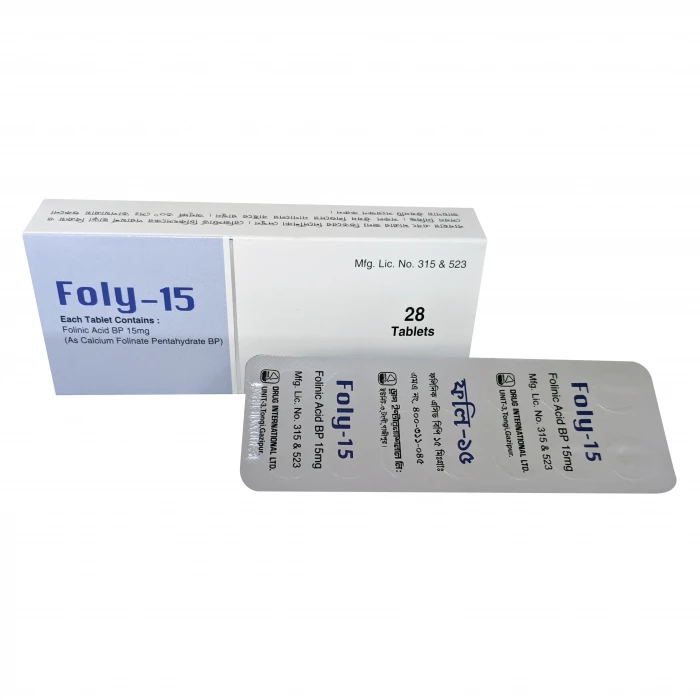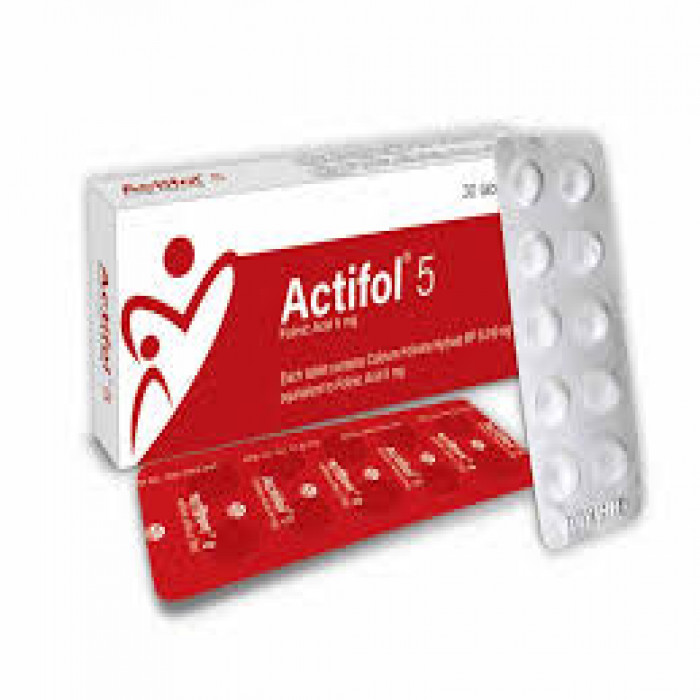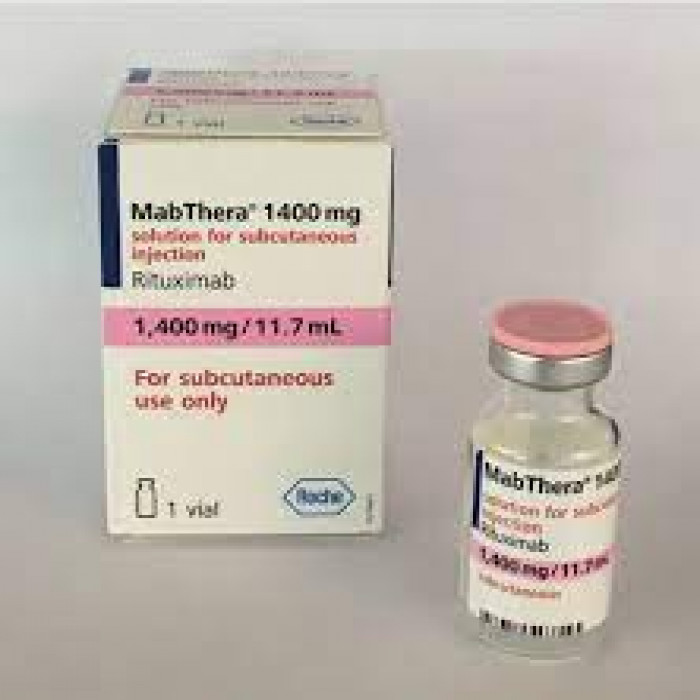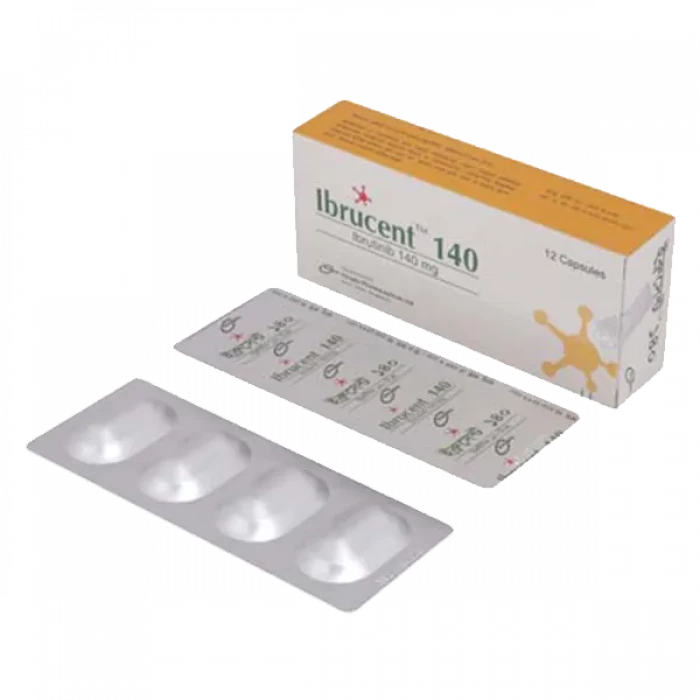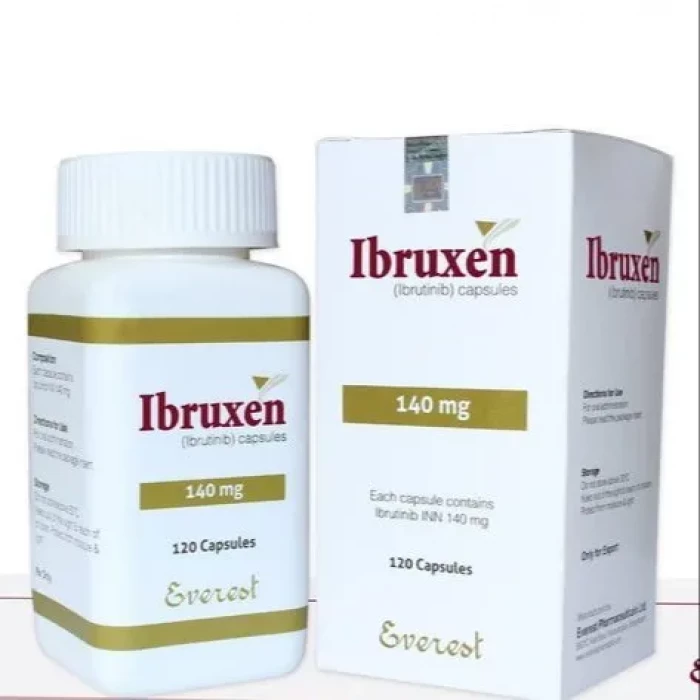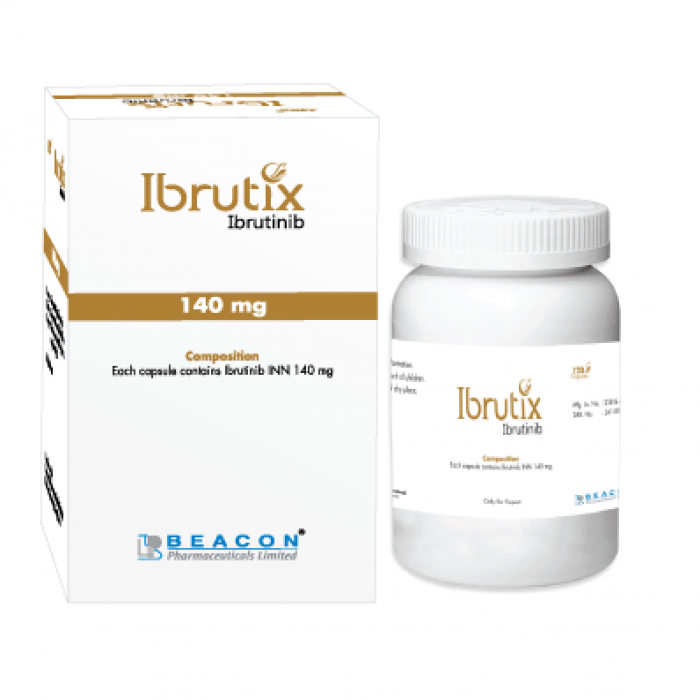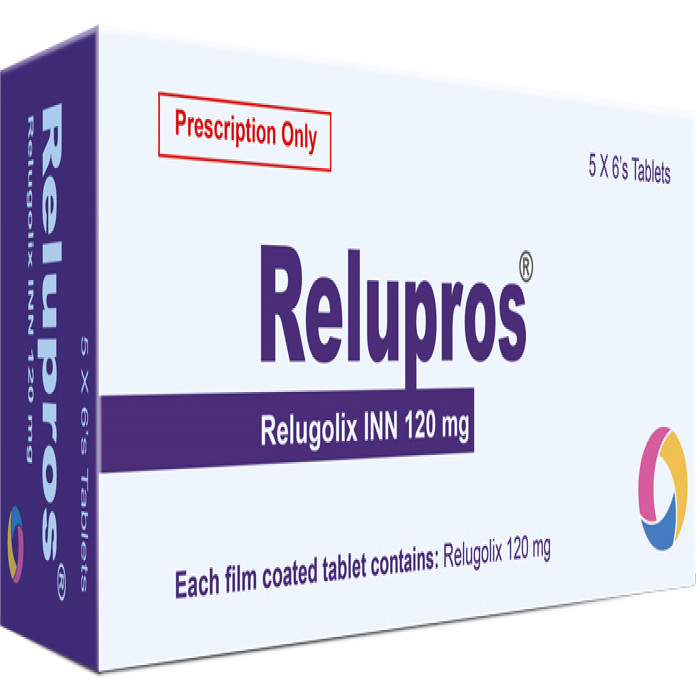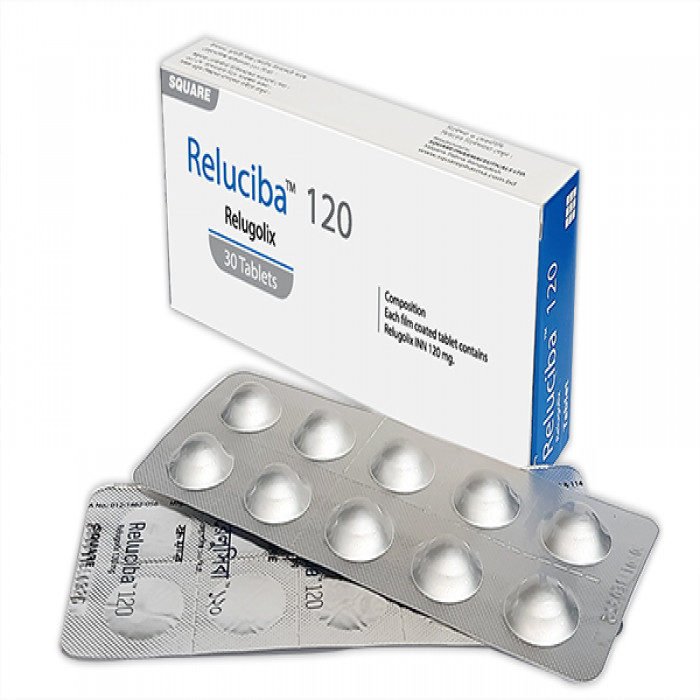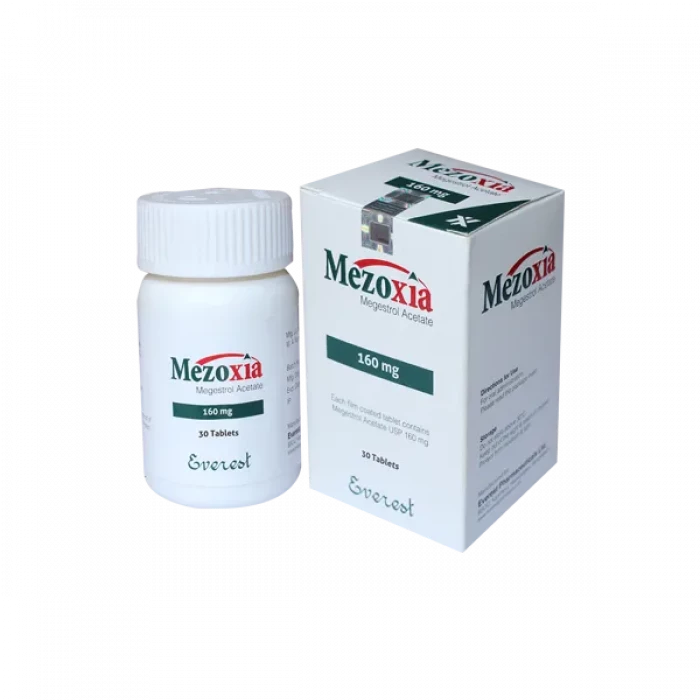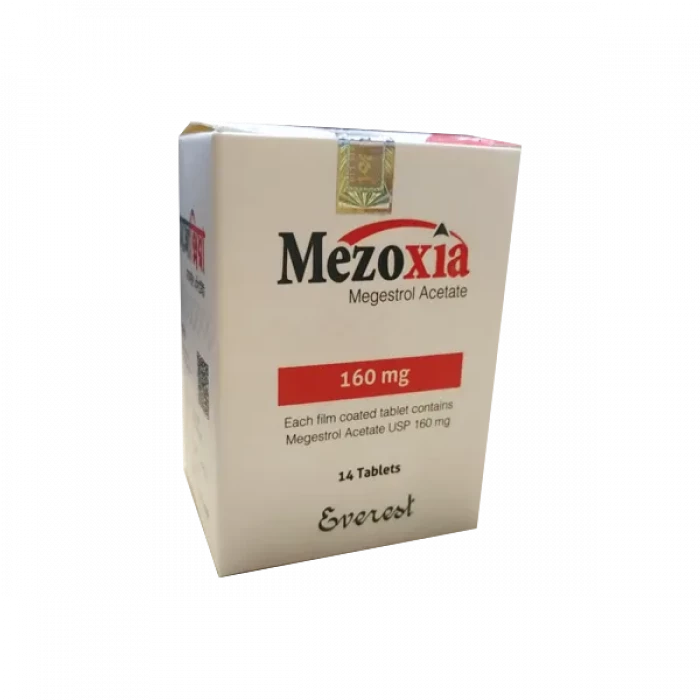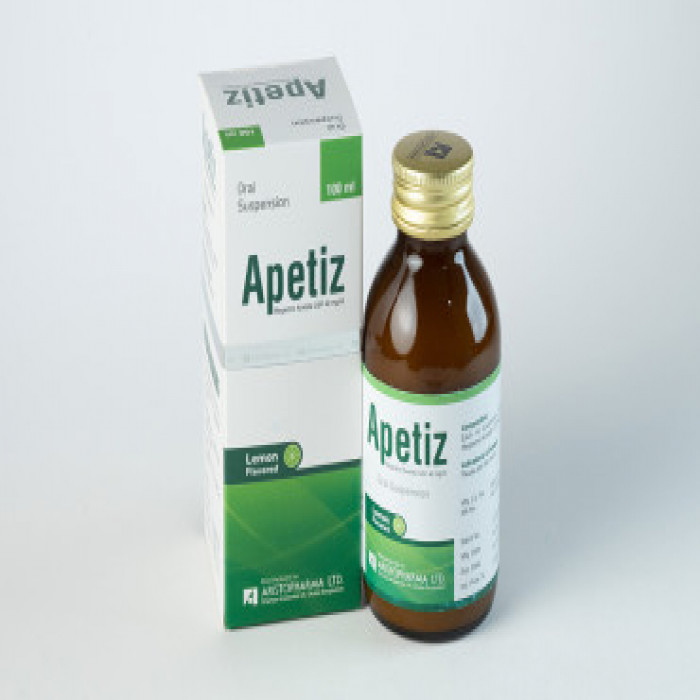
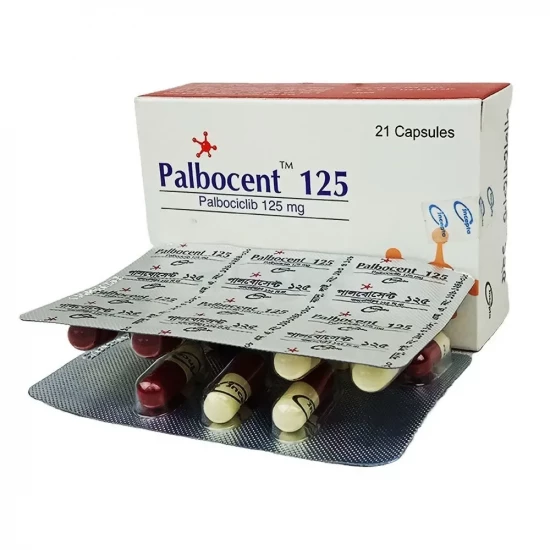
✔ 100% Authentic Product
👁️ Currently Viewing 2122
Palbocent 125 | 7 Capsules | 1 Strip
Palbocent is a selective cyclin-dependent kinase (CDK) 4 and 6 inhibitor, used in the management of:
- Hormone receptor (HR)-positive, HER2-negative advanced or metastatic breast cancer
- In combination with aromatase inhibitors as first-line endocrine therapy in postmenopausal women
In combination with fulvestrant in women with progression after prior endocrine therapy
Discount
Price: ৳ 2,744
MRP:
৳
2800
2%
Off

100% Genuine Products, Guaranteed

Safe & Secure Payments, Always

Fast, Secure & Efficient Delivery

Proper Packaging
 Cash on Delivery - All over Bangladesh
Cash on Delivery - All over Bangladesh Regular Delivery - 12-24 Hours, Dhaka City* Charge Tk.39-59
Regular Delivery - 12-24 Hours, Dhaka City* Charge Tk.39-59 Regular Delivery - 24-48 Hours, Other Cities* Charge Tk.99-110
Regular Delivery - 24-48 Hours, Other Cities* Charge Tk.99-110
 ফ্রি ডেলিভারিঃ - ৯৯৯ টাকা+ অর্ডারে, ঢাকা
শহরে
ফ্রি ডেলিভারিঃ - ৯৯৯ টাকা+ অর্ডারে, ঢাকা
শহরে ফ্রি ডেলিভারিঃ - ২৯৯৯ টাকা+ অর্ডারে, ঢাকার
বাহিরে
ফ্রি ডেলিভারিঃ - ২৯৯৯ টাকা+ অর্ডারে, ঢাকার
বাহিরে
100% Genuine Products, Guaranteed
Safe & Secure Payments, Always
Fast, Secure & Efficient Delivery
Proper Packaging
 Cash on Delivery - All over Bangladesh
Cash on Delivery - All over Bangladesh Regular Delivery - 12-24 Hours, Dhaka City* Charge Tk.39-59
Regular Delivery - 12-24 Hours, Dhaka City* Charge Tk.39-59 Regular Delivery - 24-48 Hours, Other Cities* Charge Tk.99-110
Regular Delivery - 24-48 Hours, Other Cities* Charge Tk.99-110 ফ্রি ডেলিভারিঃ - ৯৯৯ টাকা+ অর্ডারে, ঢাকা
শহরে
ফ্রি ডেলিভারিঃ - ৯৯৯ টাকা+ অর্ডারে, ঢাকা
শহরে ফ্রি ডেলিভারিঃ - ২৯৯৯ টাকা+ অর্ডারে, ঢাকার
বাহিরে
ফ্রি ডেলিভারিঃ - ২৯৯৯ টাকা+ অর্ডারে, ঢাকার
বাহিরে
✅ Description:
Palbociclib targets CDK4 and CDK6, enzymes vital to cell cycle progression. These kinases, when bound to cyclin D1, phosphorylate the retinoblastoma (Rb) protein, releasing E2F transcription factors and allowing cells to transition from the G1 phase to the S phase.
By inhibiting CDK4/6, Palbociclib prevents this progression, resulting in cell cycle arrest, particularly in ER-positive breast cancer cells. When used with antiestrogens (like fulvestrant or aromatase inhibitors), this inhibition is enhanced, promoting cellular senescence and reducing tumor proliferation.
Preclinical studies have shown that the combination therapy results in:
- Stronger inhibition of Rb phosphorylation
- Reduced E2F signaling
- Enhanced tumor suppression
- Sustained growth arrest even after drug withdrawal
✔️ Common Side Effects
- Hematologic: Neutropenia, leukopenia, anemia, thrombocytopenia
- GI & General: Nausea, vomiting, diarrhea, loss of appetite, fatigue
- Liver Enzymes: Elevated AST/ALT
- Skin & Mucosa: Rash, dry skin, hair thinning/loss, mouth sores
- Other: Fever, infections, weakness
✔️ Dosage & Administration
Recommended Dose: 125 mg orally, once daily for 21 consecutive days, followed by 7 days off (28-day cycle)
With food: Always administer with food
Timing: Same time daily is recommended
For men receiving aromatase inhibitors, concurrent use of an LHRH agonist should be considered.
✔️ Dose Modifications (Adverse Reactions)
- Starting dose: 125 mg/day
- 1st reduction: 100 mg/day
- 2nd reduction: 75 mg/day
Discontinue if further reduction is necessary below 75 mg/day
Not indicated for use in children.
✔️ Drug Interactions
Metabolism:
Primarily metabolized by CYP3A and SULT2A1
Increased Palbocent exposure (avoid coadministration):
Strong CYP3A inhibitors: Itraconazole, Ketoconazole, Clarithromycin, Ritonavir, etc.
Grapefruit or grapefruit juice should also be avoided.
If unavoidable, reduce Palbocent dose.
Decreased Palbocent exposure (avoid coadministration):
Strong CYP3A inducers: Rifampin, Phenytoin, Carbamazepine, Enzalutamide, St. John's Wort
Palbocent as an inhibitor:
May increase plasma levels of sensitive CYP3A substrates (e.g., fentanyl, tacrolimus, cyclosporine), requiring dose adjustments.
✔️ Warnings & Precautions
1. Neutropenia
Reported in up to 80% of patients in clinical trials
Grade 3 neutropenia in ~66% of cases
Monitor CBC at baseline, Day 15 of Cycles 1 and 2, then each cycle
Withhold or reduce dose for Grade 3–4 neutropenia
Febrile neutropenia in ~1.8% of patients
2. Interstitial Lung Disease (ILD)/Pneumonitis
Rare but potentially life-threatening
Monitor for new or worsening cough, dyspnea, or hypoxia
Discontinue permanently if severe or confirmed ILD/pneumonitis is diagnosed
3. Embryo-Fetal Toxicity
Teratogenic risk based on animal studies
Advise effective contraception during treatment and for 3 weeks after the last dose
Discontinue treatment if pregnancy occurs
✔️ Pregnancy & Lactation
Pregnancy Category D: Contraindicated in pregnancy due to risk of fetal harm
Lactation: Unknown if excreted in breast milk; breastfeeding is not recommended
✔️ Storage Conditions
- Store at below 30°C
- Protect from moisture and light
- Keep out of reach of children
⚠️Disclaimer:
At ePharma, we’re committed to providing accurate and accessible health information. However, all content is intended for informational purposes only and should not replace medical advice from a qualified physician. Please consult your healthcare provider for personalized guidance. We aim to support, not substitute, the doctor-patient relationship.




